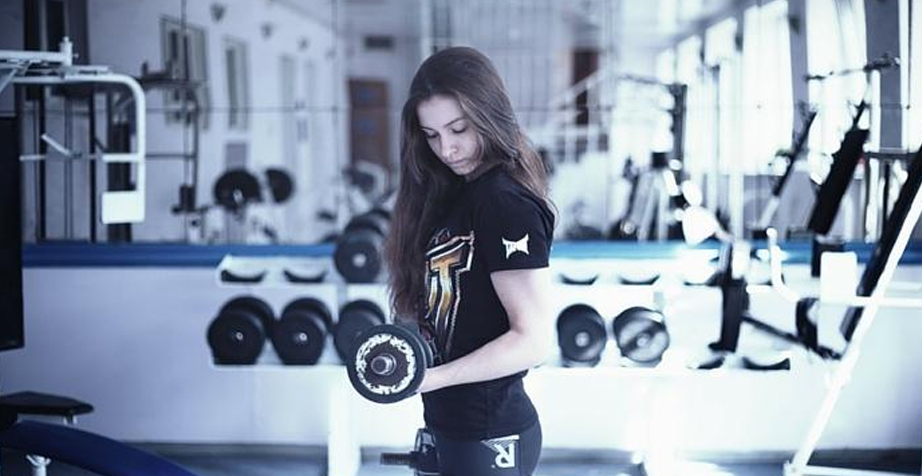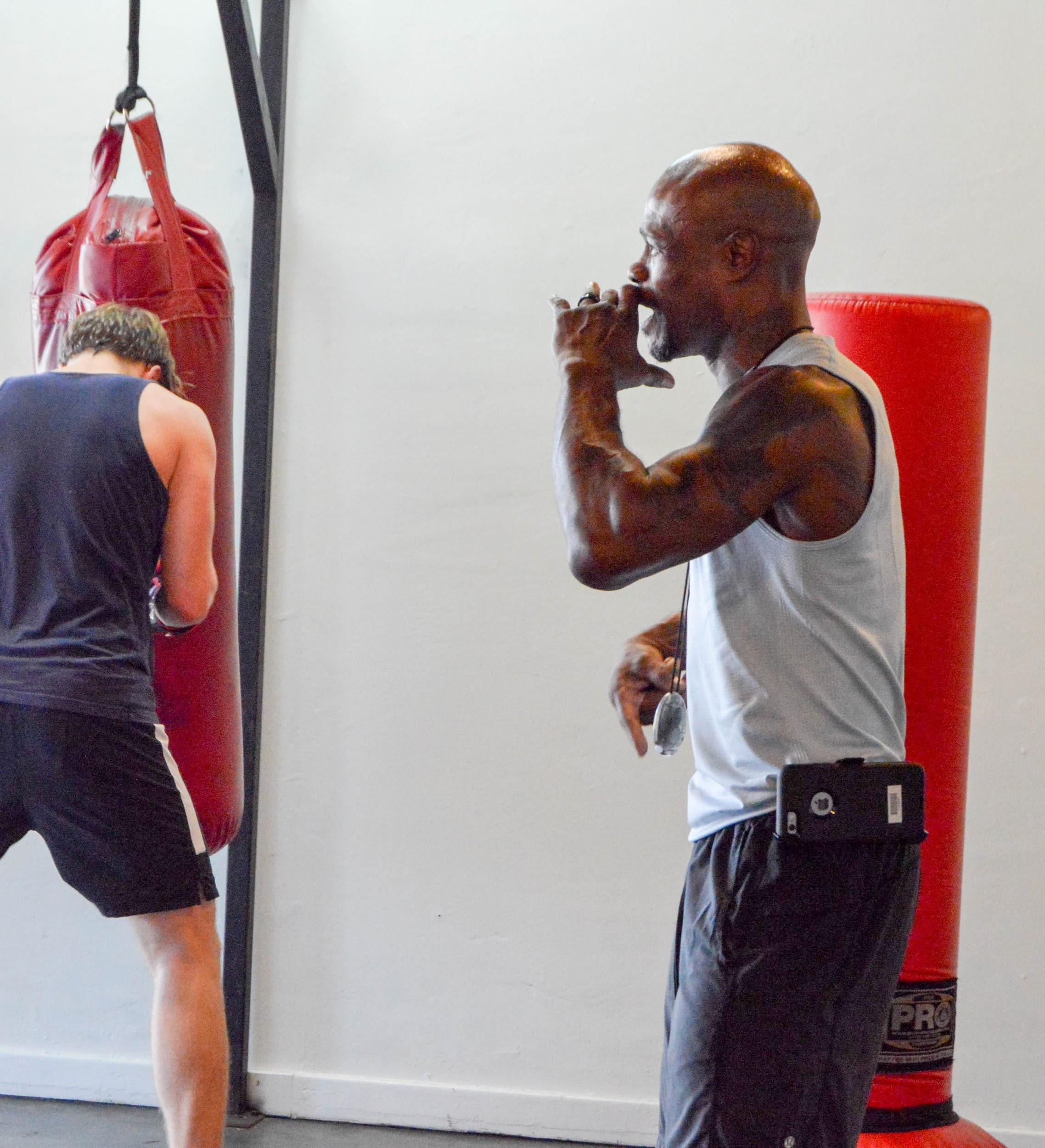
When is Your Best Time to Work Out?
You probably have a few scheduled workout times throughout the week. Maybe it’s 2 PM Thursday, 5 PM Friday, or 8 AM Monday as a week starting wakeup routine. It’s also likely that you schedule your workouts based on availability based on your packed schedule…but what if a little fine-tuning could give you a workout experience that’s more enjoyable and beneficial to your body?
For many of those who work out regularly, you fall into a sort of rhythm with your routine. Things get mundane and monotonous, and your workouts start to lag. In the beginning, you’re excited and determined, but things quickly fall in time with the motion of the day. What you’re likely not doing is making sure your workout routine falls in time with your circadian rhythm.
The Circadian Rhythm
What’s that? As described by Science Daily, your circadian rhythm is “a roughly 24 hour cycle in the physiological processes of living beings, including plants, animals, fungi and cyanobacteria.” What you’ve probably heard it described as is a “body clock” of sorts. It’s what naturally tells you that you should be tired or awake at any given time, and usually flows during the day and ebbs at night. Despite most having a similar circadian rhythm, they’re like snowflakes – not everyone has one that’s exactly like someone else’s.
This is what makes us morning people or night owls. If you feel like you are more asleep during the day as compared to being alert at night, it’s likely your circadian cycle is longer. If you are definitely someone who feels more perky during the day and knocked out at night, your circadian cycle is shorter. When you have an even balance, you’re average – giving you about equal energy that still ebbs at night and flows during the day.
The takeaway in terms of exercise is that just because an exercise blog tells you to definitely work out right after you wake up or just before you go to bed doesn’t mean that advice syncs up with your own circadian rhythm. You have to discover what time of day is best for you.
 The Rhythm and Your Workout
The Rhythm and Your Workout
One way the circadian rhythm affects your workout is that this cycle also helps to regulate your body temperature. Going back to the shortness or length of a cycle, the average person has a lower body temperature at night and a higher temperature during the day. A higher body temp is what makes you awake, while a lower body temp creates a sleepy feeling.
Your best workouts occur when you’re feeling your most alert and productive, AKA when your body temp is at its highest during the circadian rhythm cycle. This is also the time when you’re most likely to perform at your best physically. There’s a myth that your body temperature is at its highest during the morning, but for a morning person their body temperature is at its highest during the afternoon, while someone who is more of a night owl will find their temperature peaks in the evening.
Still, there are great arguments to make for working out during the morning regardless of your cycle. Those who exercise in the morning are more likely to stay alert throughout the day and make their workout a routine instead of something they do occasionally.
In short, the choice is yours – you might find yourself more successful in the long-term when you make a morning workout a habit, but your workout as prescribed by your circadian rhythm might be a more fulfilling option.


